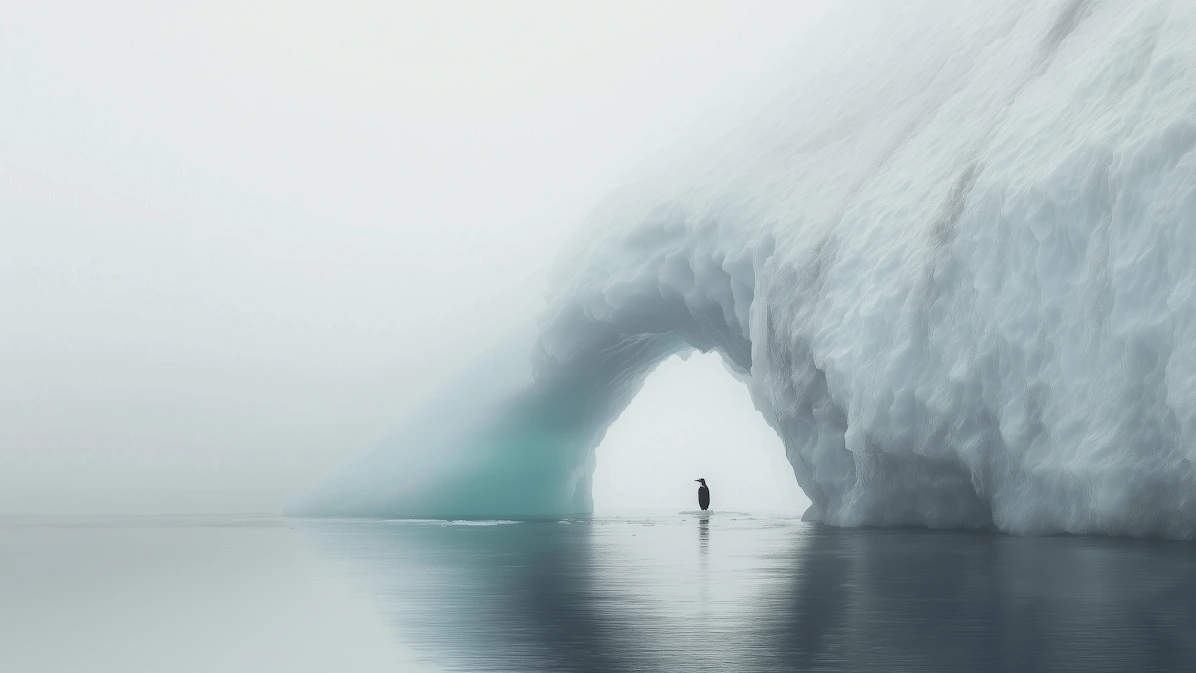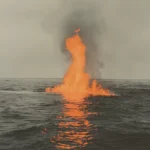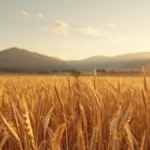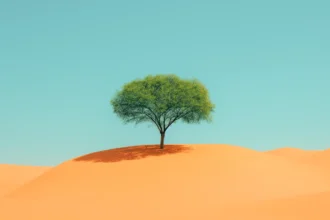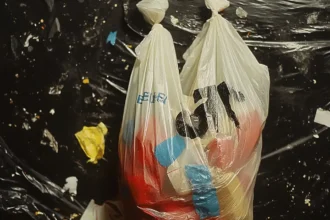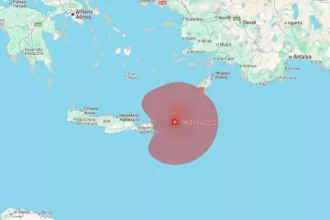Arctic Ice Melt Changes Underwater Colors, Threatening Marine Life
Have you ever thought about how underwater light affects sea creatures? Scientists have made a surprising discovery about what happens beneath the Arctic waters. According to Times of India, researchers found that melting sea ice is changing the color of light underwater from green to blue, creating big problems for tiny sea plants. This important change could affect everything that lives in these cold northern waters.
Researchers from University of Amsterdam, Denmark, and the Netherlands worked together to study how melting ice changes the underwater world. The team, led by Monika Soja-Woźniak, used computer models to see how light changes when ice disappears. Their work was recently published in the science journal Nature Communications and shows how this light shift could hurt many sea creatures.
How Ice Melt Changes Underwater Light
Think about how sunlight looks different when it shines through different colored glass. Something similar happens underwater. When sunlight passes through ice and snow, it creates a mix of colors. But when that ice melts, the light changes dramatically.
| Condition | Light Color | Measurement (nm) | Effect on Sea Life |
|---|---|---|---|
| With Sea Ice Cover | Mostly Green | Around 550 nm | Wide range of colors available for sea plants |
| After Ice Melts | Mostly Blue | Around 472 nm | Narrower color range, challenging for many species |
According to Earth, this shift creates a completely different light environment. The numbers above (550 and 472) are called nanometers and measure the size of light waves. You can think of them like measuring the “color recipe” underwater creatures are used to seeing.
Lead researcher Monika Soja-Woźniak explained: “The photosynthetic pigments of algae living under sea ice are adapted to make optimal use of the wide range of colours present in the little amount of light passing through ice and snow.” This means these tiny plants have special parts that work best with green-tinted light, not the blue light they now face.
Sea Life Struggling With New Blue Light
The color change underwater is like suddenly changing all the light bulbs in your home to a different color. Many sea plants aren’t prepared for this shift. Here’s what’s happening:
- Ice Algae Challenges: These tiny plants that live under ice have special color-catching parts (pigments) that work well with green and red light, but struggle with the new blue-dominated environment.
- Diatom Difficulties: According to Earth, many Arctic diatoms (important tiny sea plants) have parts called fucoxanthin that can’t use blue light well.
- Phaeocystis Problems: Eurekalert reports this common ice-associated plant group faces serious challenges as the light changes away from colors they’re designed to use.
- Blue-Light Winners: Some species like Micromonas might actually do better because they can use blue light more effectively.
Ripple Effects Through the Food Chain
Professor Jef Huisman, who helped with the study, warned about the bigger picture: “Photosynthetic algae form the foundation of the Arctic food web. Changes in their productivity or species composition can ripple upward to affect fish, seabirds, and marine mammals.” This chain reaction could hurt many animals you might care about.
- Zooplankton Changes: According to arcticiceproject, if nutritious ice-associated algae decline, tiny animals like krill might have to eat less nutritious food instead.
- Fish Food Shortages: When krill and other small creatures have less food, Arctic cod populations can drop, as reported by Grida.
- Seabird Struggles: Birds like dovekie that depend on specific marine food sources face hunger when their preferred food disappears.
- Marine Mammal Impacts: Arcticiceproject notes that seals, whales, and other large animals ultimately feel the effects when fish populations change.
- Timing Mismatches: The changing light conditions and ice melt timing create situations where spring algae blooms don’t match up with when baby zooplankton need food.
Also Read: Scientists reveal extreme monsoon changes can cut food supply in Bay of Bengal by up to 50%, threatening marine life and fisheries.
Climate Change Complications
This research reveals problems that many climate models don’t yet include. The current models often miss how specific light colors affect sea life. The researchers found that changes in algae could also reduce how much carbon dioxide the ocean absorbs, potentially making climate change even worse in a dangerous cycle.
The effects aren’t limited to the Arctic. According to Earth, coastal Antarctic waters are also showing early signs of similar light changes. This means the problem could spread to both ends of our planet.
Looking Forward
As ice continues melting in the Arctic, these underwater light changes will likely become more widespread and serious. You might wonder how scientists will address this challenge. The research helps us understand one more way that climate change affects life on Earth, sometimes in ways we didn’t expect.
This discovery shows how everything in nature is connected in delicate ways. When you change one thing – like ice cover – you change the colors underwater, which changes the plants, which changes the animals that eat them, and so on up the food chain. What happens to ice in the far north could eventually affect ocean health worldwide.
